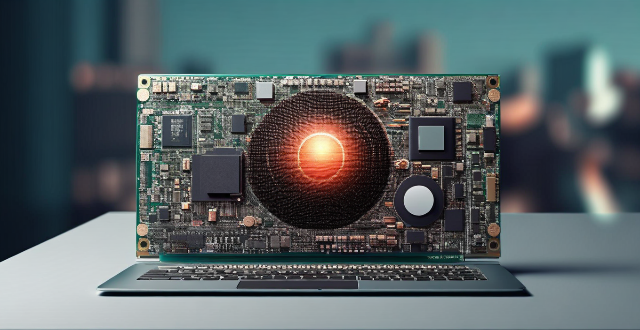Checking memory usage on a computer varies by operating system, with methods including using Task Manager or Resource Monitor in Windows, Activity Monitor or the Top Command in macOS, and the Top Command or Htop in Linux.

Checking Memory Usage on Your Computer
To check the memory usage on your computer, there are several methods you can use depending on your operating system. Here are some common ways to do it:
Windows
1. Using Task Manager
- Press
Ctrl + Shift + Escto open the Task Manager directly. - Alternatively, right-click on the taskbar and select "Task Manager" from the context menu.
- In the Task Manager window, click on the "Performance" tab.
- Under the "Memory" section, you will see the current memory usage statistics.
2. Using Resource Monitor
- Press
Windows Key + Rto open the Run dialog box. - Type
resmonand press Enter to open the Resource Monitor. - In the Resource Monitor window, click on the "Memory" tab.
- You will see detailed information about the memory usage on your computer.
macOS
1. Using Activity Monitor
- Open the Applications folder and navigate to the Utilities folder.
- Double-click on the "Activity Monitor" application to launch it.
- In the Activity Monitor window, click on the "Memory" tab.
- You will see real-time memory usage statistics for your Mac.
2. Using Top Command
- Open the Terminal application.
- Type
top -o rsizeand press Enter to display a list of running processes sorted by resident memory size. - The "RES" column shows the current resident memory usage for each process.
Linux
1. Using Top Command
- Open the terminal or command prompt.
- Type
topand press Enter to display a dynamic real-time view of running processes. - The "%MEM" column shows the percentage of memory used by each process.
- Press
Shift + Mto sort the processes by memory usage.
2. Using Htop
- Install the
htoppackage if it is not already installed (e.g.,sudo apt-get install htopfor Debian/Ubuntu). - Type
htopin the terminal and press Enter to launch the htop interface. - The htop interface provides a more user-friendly view of memory usage compared to the default top command.
- Use the arrow keys to navigate through the processes and view their memory usage details.
These are some common ways to check memory usage on different operating systems. Choose the method that works best for you based on your specific needs and preferences.